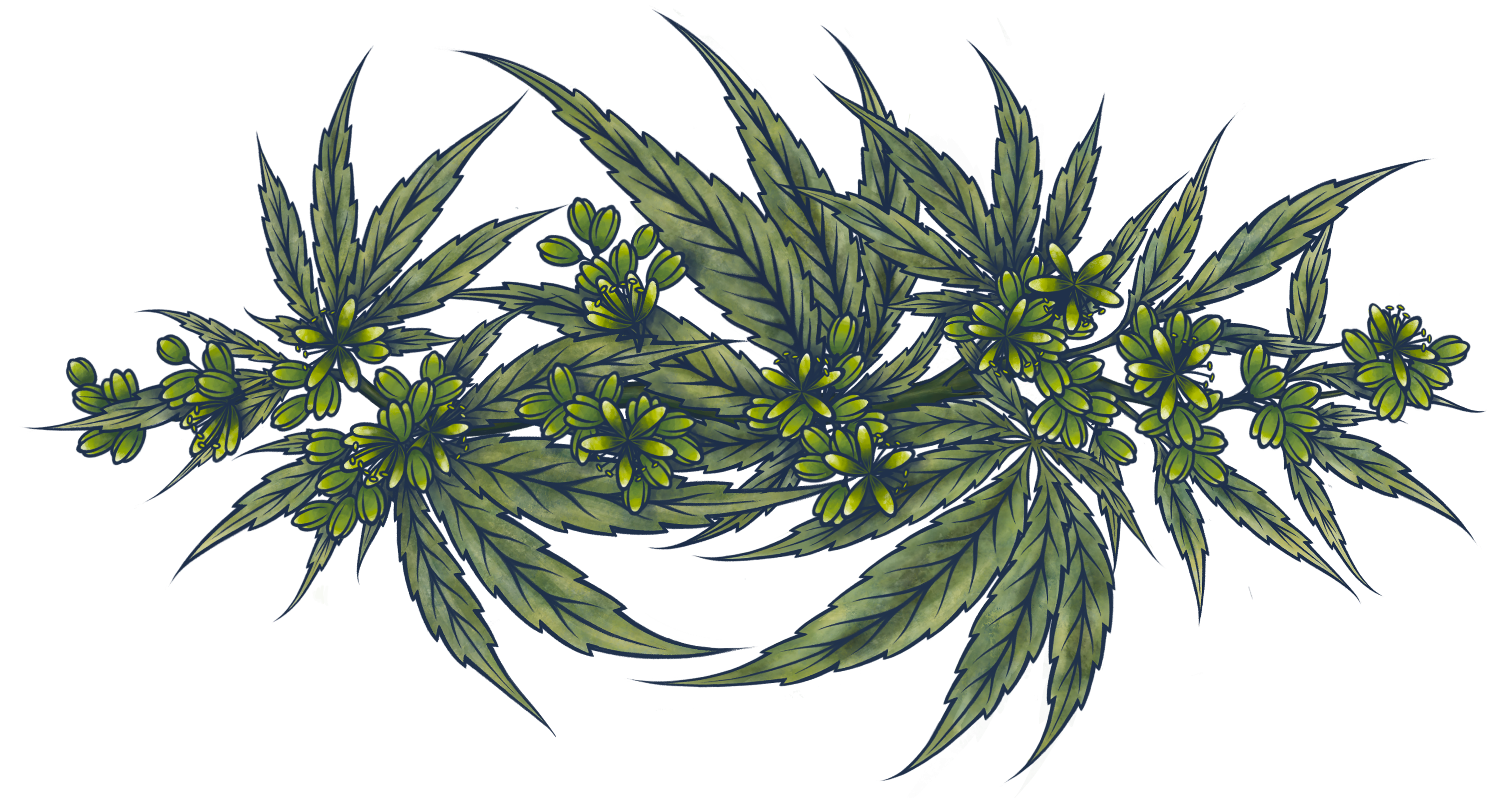Once the design of a garment is complete and the pattern finalized for proper fit, production optimization is next. The goal of this is to reduce waste and streamline the construction process. At this point the pattern undergoes grading. Grading is the process of turning the size in which the garment was designed into the full range of sizes offered. This requires digitizing the original pattern and then increasing or decreasing it to create the larger and smaller sizes.
Meanwhile fabric testing takes place to determine its shrinkage when washed and dried. A shrinkage allowance is then incorporated into the pattern so that the garment once sewn and laundered will be the desired size. This process is laborious, but essential for a well fitting garment. Natural fibers are inherently variable so testing is essential to ensure the garment will be sized correctly after wash and dry.
Next comes the cut and sew process. A marker is created (a layout each of the pattern pieces in the needed number of sizes). The fabric is rolled out on a cutting table in the required number of layers (plys). The marker is laid on top and the individual pieces cut from the cloth.
Next, bundling, this is sorting the pieces of each garment by sewing operation, and off to the machine! Each step in the sewing process is determined in order according to ease of assembly or by which type of machine will be needed. This process is another bit of engineering in itself.
Once sewn, the garment undergoes inspection. This involves looking for any flaws, clipping loose threads, then washing and drying. It is then inspected again, steamed and sustainably packed for shipping to you!



